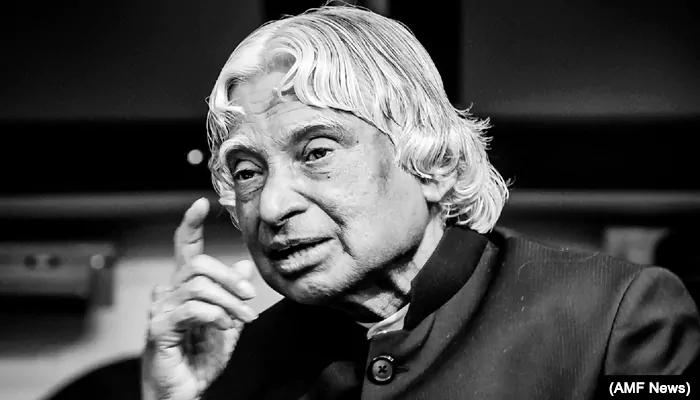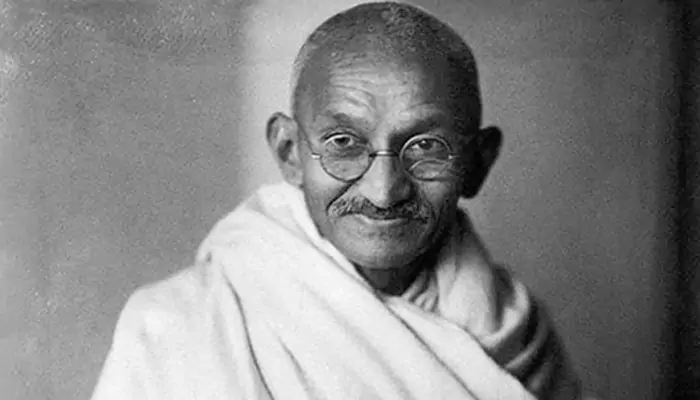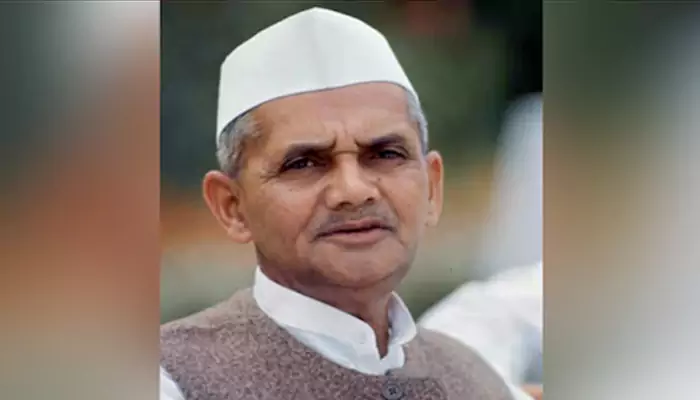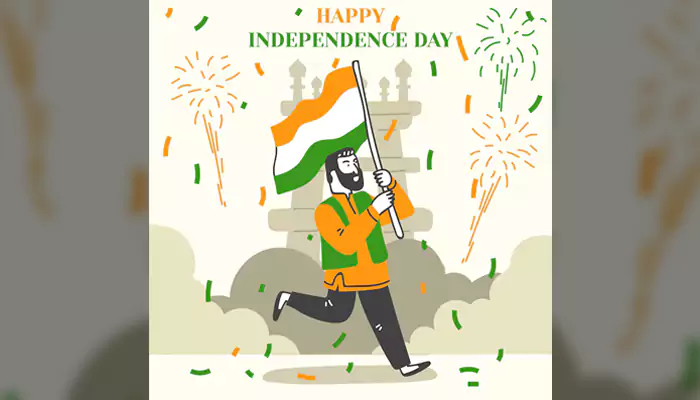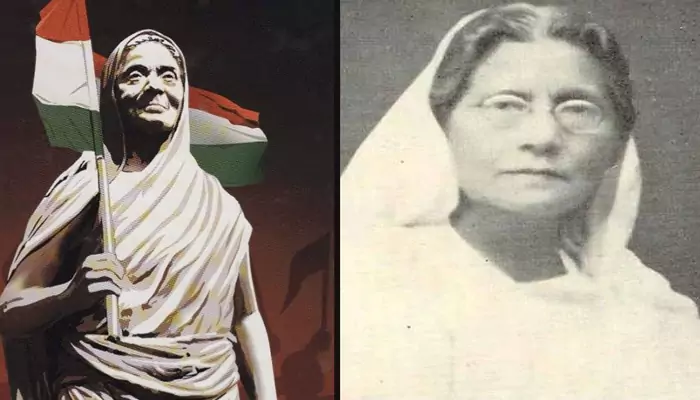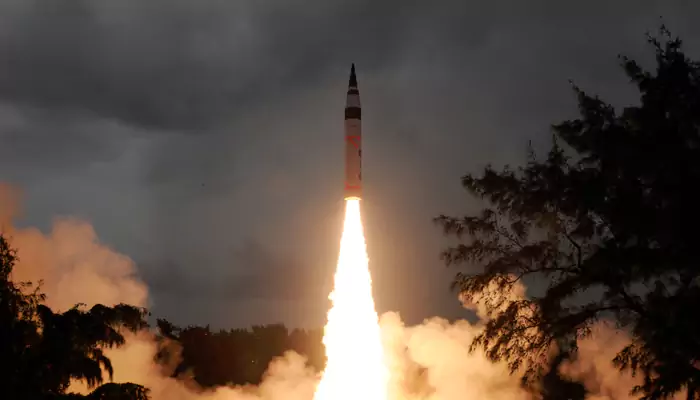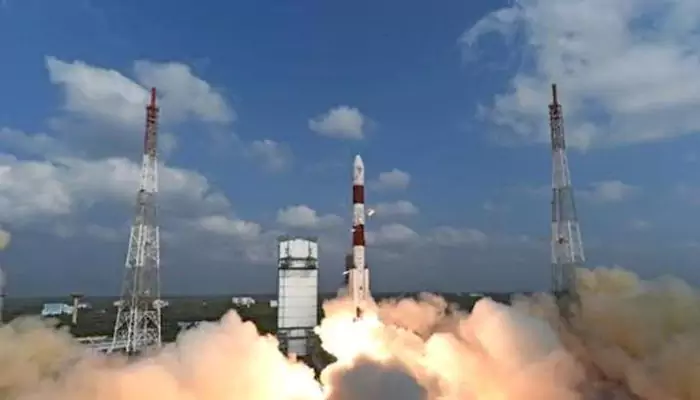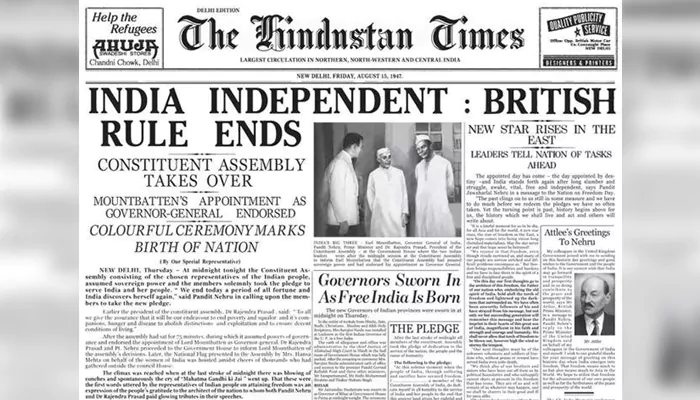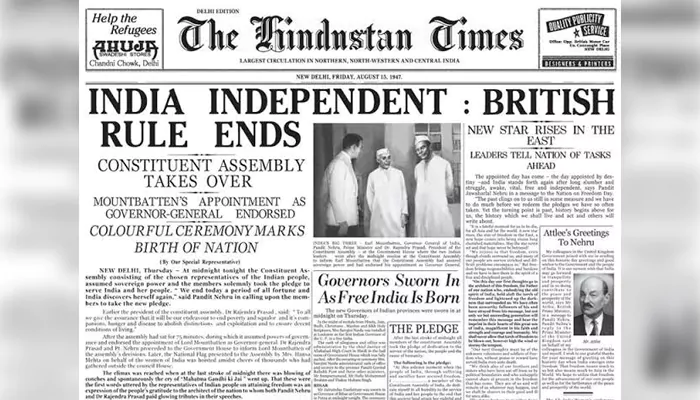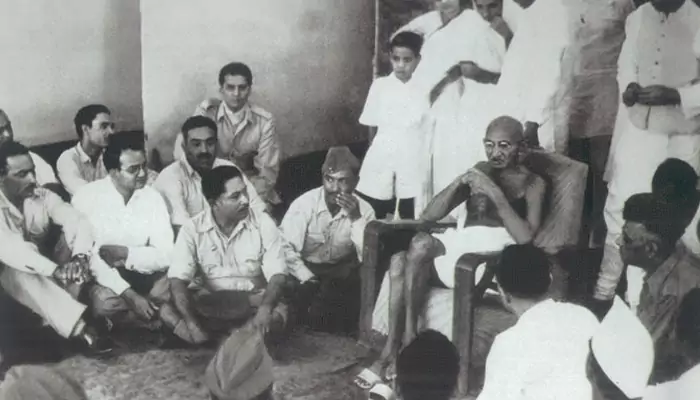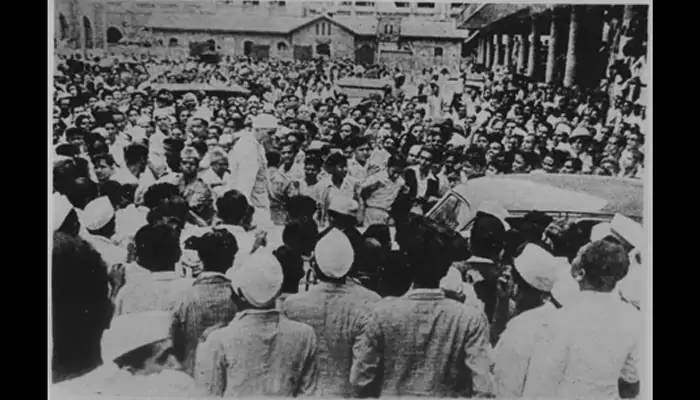From Raj to Republic: 15 Elections That Transformed India’s Democracy – An Independence Day Lookback
- Devyani
- 4 months ago
- 7 minutes read
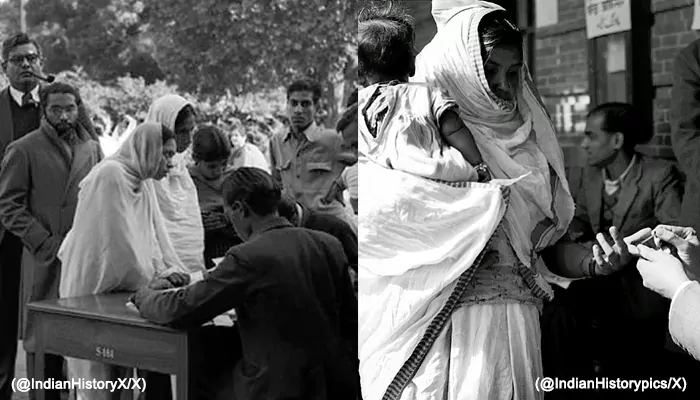
Caption : The 1951-1952 general election was the first ever Lok Sabha election held post-Independence..
Join us on a whistle-stop tour of the polls that shaped the world's largest democracy! From ballot boxes on elephants to EVMs, let's revisit the elections that defined India.
As we celebrate another Independence Day, it’s wild to think how far India’s incredible democratic journey has come. From those nerve-wracking first steps after the British left to the high-tech polls of today, elections have been the heartbeat of our nation. So, let’s rewind and peek at 15 polls that truly changed the game.
1951-52: The Grand Debut
1952 :: Counting of Votes In The First Loksabha Elections pic.twitter.com/a4WdXLkQ9V
— indianhistorypics (@IndiaHistorypic) March 16, 2024
(@IndiaHistorypics/X)
Imagine organizing an election for 176 million people across a vast, diverse, brand-new nation. Daunting, right? Yet, India pulled off its first general election! Carrying ballot boxes on elephants and camels through jungles and mountains, it was a mammoth feat. The Indian National Congress, led by Pandit Nehru, won a thumping majority. This wasn't just a vote; it was India shouting to the world, "Democracy? We got this!"
1967: The First Cracks
The 1967 general election of India was the first post Nehru era. The internal tussle between two heavyweights of INC - Indira Gandhi and Morarji Desai, for the Prime Minister’s post made the headlines of daily news. 2/21 pic.twitter.com/mXBlmYxT7e
— The Paperclip (@Paperclip_In) October 21, 2022
(@PaperClip_In/X)
Fast forward 15 years. The Congress aura was still strong, but whispers of discontent grew louder. Parties like the DMK in Tamil Nadu and the Swatantra Party made significant gains. This election taught us a crucial lesson: anti-incumbency is real! Voters showed they weren't afraid to look beyond the familiar.
1977: The Democracy Redux
The Emergency years (1975-77) marked a dark time in Indian history. When elections were finally called in '77, it felt like the nation exhaled. The result? A stunning defeat for Indira Gandhi’s Congress. The Janata Party coalition stormed to power.
Result of 1977 Loksabha Elections pic.twitter.com/UlxZPG8vJi
— indianhistorypics (@IndiaHistorypic) June 4, 2024
(@IndiaHistorypics/X)
1980: The Comeback Kid
1980 :: Loksabha Election Results Being Displayed In Real Time In Bombay pic.twitter.com/W3lfrxELlm
— indianhistorypics (@IndiaHistorypic) March 25, 2020
(@IndiaHistorypics/X)
But politics? - it’s full of twists! The Janata experiment crumbled under internal squabbles. Indira Gandhi, riding a wave of sympathy and projecting strong leadership, made a remarkable comeback. It showed resilience (hers!) and the electorate's desire for stability amidst chaos.
1984: The Sympathy Tsunami
Tragedy struck with Indira Gandhi’s assassination. The following election was charged with emotion. Rajiv Gandhi, young and promising, led Congress to its biggest ever victory - over 400 seats! It was a nation grieving, hoping, and voting overwhelmingly for continuity in turbulent times.
1984 :: Poster of Amitabh Bachchan Election Campaign In Allahabad During Loksabha Elections pic.twitter.com/XK7YKPHjnD
— indianhistorypics (@IndiaHistorypic) March 7, 2024
(@IndiaHistorypics/X)
Fun fact: Did you know Amitabh Bachchan was campaigning for Lok Sabha elections in Allahabad, 1984?
1989: The Mandal Wave & Mandir Stir
VP Singh—Indian PM I respect most—was born today (1931)
— Chetan Kumar Ahimsa / ಚೇತನ್ ಅಹಿಂಸಾ (@ChetanAhimsa) June 25, 2025
Singh’s implementation of Mandal Commission Report providing 27% OBC reservation was a bold, transformative move towards social justice
India needs non-BJP, non-Congress politics like Singh’s to actualize our Constitution pic.twitter.com/UctT8pYwtE
(@ChetanAhimsa/X)
The Rajiv wave receded. Economic issues, the Bofors scandal, and crucially, the stirrings of the Mandal Commission (reservations for OBCs) and the Ram Janmabhoomi movement began reshaping politics. V.P. Singh’s National Front coalition won, marking the true beginning of the coalition era. Things were getting complex!
1991: The Reform Election
On this day in 1991,
— Sheshapatangi1 ಪ್ರಭಾ ಮಗ ಈ ಅಲೆಮಾರಿ ಅಯ್ಯಂಗಾರಿ🇮🇳 (@sheshapatangi1) June 21, 2022
P. V. Narasimha Rao was sworn in as the ninth Prime Minister of India.
PVNR inherited India which was on verge of economic, social and territorial disaster
We were on verge on bankruptcy as we had to pledge gold to pay for oil.
We were a hugely divided pic.twitter.com/6sVTY7mEPj
(@sheshapatangi1/X)
PM P.V. Narasimha Rao and the then Finance Minister Dr. Manmohan Singh
Another tragic assassination (Rajiv Gandhi) cast a shadow. But this election became a turning point for the economy. P.V. Narasimha Rao became PM and, with Dr. Manmohan Singh as Finance Minister, kicked off liberalization. Remember those long queues for phones and scooters? This vote literally opened India's doors to the world economy, and it was a big shift!
1996, 1998, 1999: The Coalition Tango
LONG THREAD on 1999 Motion of Confidence:
— Jijñāsu जिज्ञासु ஆர்வமாக (@vyomologist) April 17, 2022
Exactly 23 years ago, the NDA govt led by PM Atal Bihari Vajpayee faced a confidence motion in the Lok Sabha.
A thread diving deep into the EXTRAORDINARY events of 17 April 1999 that forever changed Indian politics. /1 pic.twitter.com/deIL6QqzOy
(@vyomologist/X)
The late 90s were like a political salsa dance - complex and full of spins! Hung parliaments became the norm. We saw multiple PMs in quick succession (Vajpayee for 13 days in '96!). Finally, the 1999 election gave Vajpayee’s NDA a stable coalition. "Coalition dharma" became the new mantra - parties learning to work together (mostly!).
2004: The "India Shining" Surprise
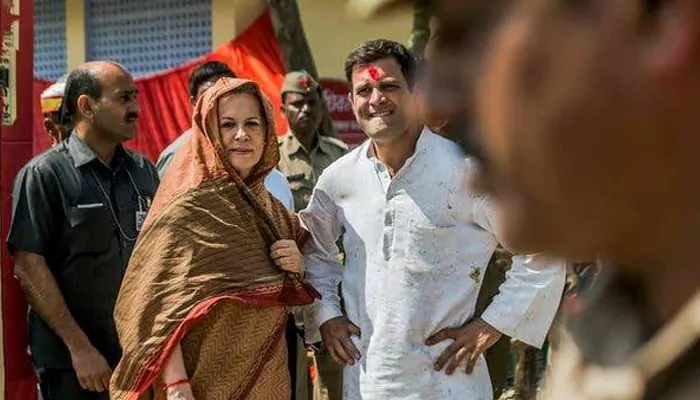
(@RagaTimes/X)
Sonia Gandhi led UPA government wins the election.
The BJP-led NDA campaigned on a booming "India Shining" economy. But guess what? Voters, especially in rural areas, felt left out. Sonia Gandhi-led Congress staged a stunning comeback, forming the UPA. A powerful reminder: elections are won on the ground, not just glossy ads!
2009: Stability Wins
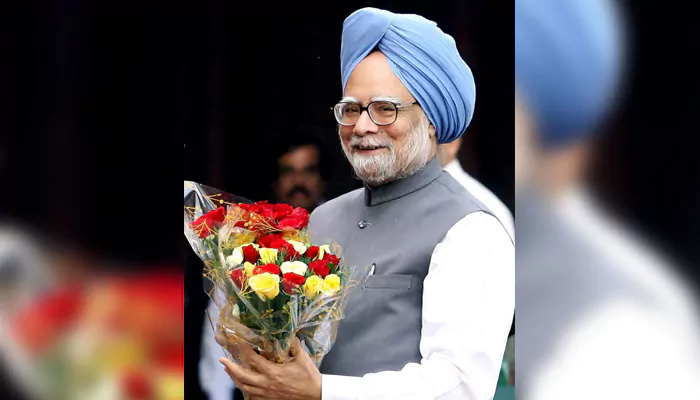
(@nareshbareth/X)
Against predictions of another fractured mandate, Dr. Manmohan Singh’s UPA secured a second consecutive term. This was a rare vote for continuity in the coalition era, rewarding stable governance amidst global economic turmoil.
2014: The Modi Wave
On this day in 2014, #NarendraModi was sworn in as the 15th Prime Minister of India. The #BJP secured a majority in the #LokSabha elections, securing 282 seats out of 543. It was the first single-party majority win since 1984. #PMModi #Politics #DayInHistory #TheStatesman pic.twitter.com/lfvAIbpnxK
— The Statesman (@TheStatesmanLtd) May 26, 2025
(@TheStatesmanLtd/X)
Social media roared, rallies were mega-spectacles, and the promise of "Achhe Din" resonated. Narendra Modi led the BJP to the first single-party majority since 1984. It marked a massive shift towards presidential-style campaigning and tech-driven outreach. A huge electoral reset.
2019: The Mandate Redux
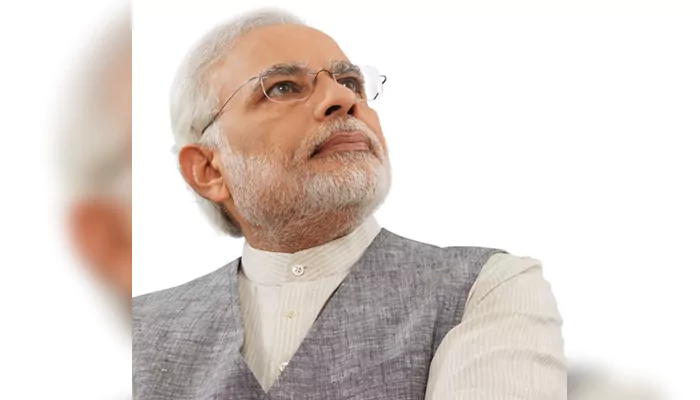
(@vijaythottatil/X)
Defying expectations of anti-incumbency, Modi’s BJP scored an even bigger victory. National security (Balakot airstrikes) and welfare schemes played a major role. It cemented the BJP's dominance and the power of a strong, central narrative.
2024: The Resilience Test
India election results 2024 live: Modi landslide fails to materialise as BJP set to lose outright majority
— Atique Ur Rehman (@AtiqueUR_Rehman) June 4, 2024
Modi still set to return for historic third term as prime minister, but will be forced to rely on alliance partners to form government
Namita Singh#LokSabhaElections2024 pic.twitter.com/W6d5GD560d
(@AtiqueUR_Rehman/X)
The latest chapter! The BJP fell short of a majority but formed the government again with its NDA allies. The opposition INDIA bloc put up a strong fight. It underscored coalition politics' return and the enduring strength of regional parties. Democracy, as always, delivered a vibrant, unpredictable verdict!
From marking ballots with ink-stained fingers to pressing EVM buttons, India's elections are a sensory overload - the crackle of rallies, the smell of fresh manifestos, the sheer buzz of voting day! Each poll on this list nudged, shaped, or shook our democracy. They prove that India’s voters are the real heroes, constantly adapting and steering this incredible republic.
This Independence Day, let’s raise a toast to that indomitable spirit! Jai Hind!

